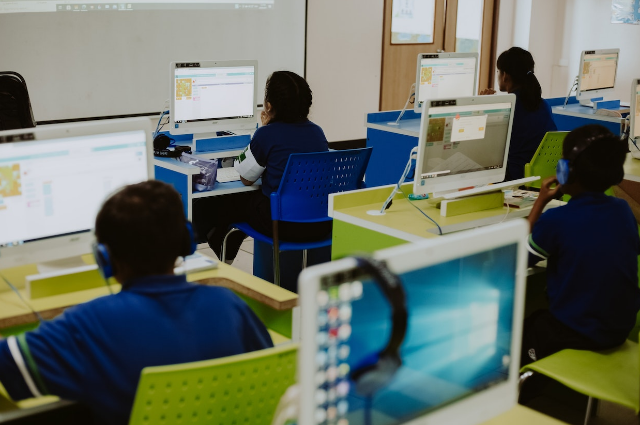
Everything in the world is continually evolving, and this includes numerous fields, including the education field. There has been a major shift in educational institutions as a result of the rise of digital learning platforms. There is a need for both technology and more conventional ways of instruction. Blended learning emerged as a concept to describe the practice of blending digital learning resources with more traditional face-to-face instruction in the classroom.
It's hard to ascertain whether blended learning is a boon or a bane. In spite of the fact that it possesses both pros and cons, we are going to discuss them both in this article.
Features of Blended Learning
- Encourage students to learn.
- Enhanced interaction between the teacher and the students.
- Personal accountability for one's own education.
- Effective time management and adaptability
- Students' academic progress has been strengthened.
- Improved public perception of the institution.
- A more adaptable teaching and learning environment. a more conducive environment for self-directed and continuous learning.
- Improved opportunities for hands-on training.
A teacher’s role in blended learning
In a blended learning environment, teachers are expected to take on additional responsibilities, including the proactive development and delivery of customized learning goals for each and every individual student. Before hopping on the blended learning bus, the instructors will need to have a solid foundation in at least one of the following key responsibilities.
Teachers should be familiar with the technology that your students will be utilizing.
- Establish a data-driven culture.
- Set high goals.
- Plan your offline performance excellence.
- Encourage students to learn more deeply and demonstrate their understanding. Teach metacognitive and self-regulation skills.
- Make learning relevant and enjoyable.
- Track statistics.
- Give students constructive feedback and congratulate them on their accomplishments.
- Encourage online debate.
Benefits and drawbacks of blended learning
Each plan has its own benefits and drawbacks. The key issue is whether or not the benefits surpass the drawbacks. Professionals in a business context prefer to think about this more strategically, such as:
The benefits of blended learning:
- The opportunity to access training materials at any time of day or night.
- Training that is customized to each individual's preferences.
- Enhanced interactivity and learning through group collaboration.
- Keep tabs on the progress of individuals' skills and potential.
- Training methods that are cost-effective.
Drawbacks of blended learning:
- The cost of upkeep is prohibitively expensive.
- Dependence on modern technology.
- Inappropriate use of given resources.
Final Thoughts
The rapid pace of change in technology and the business environment has created several concerns and difficulties, not just for businesses but also for the education system. This can be a boon for educators if they are provided with appropriate teaching-learning approaches and methodologies to deal with these rapid changes. With their outdated techniques, failing will be a bane and endanger their existence. Learners will remain curious, enthusiastic, motivated, socialized, and interested as a result of blended learning. Teachers must work hard to adapt the contents of their curriculum to the current needs of the field at large, and they must make it more compelling, fascinating, and appealing to their students. So, blended learning is without a doubt a blessing and one of the ways to bring about long-term changes in learners, culture, society, and the business world, which will help us achieve our goal of being called a superpower in the new millennium.
